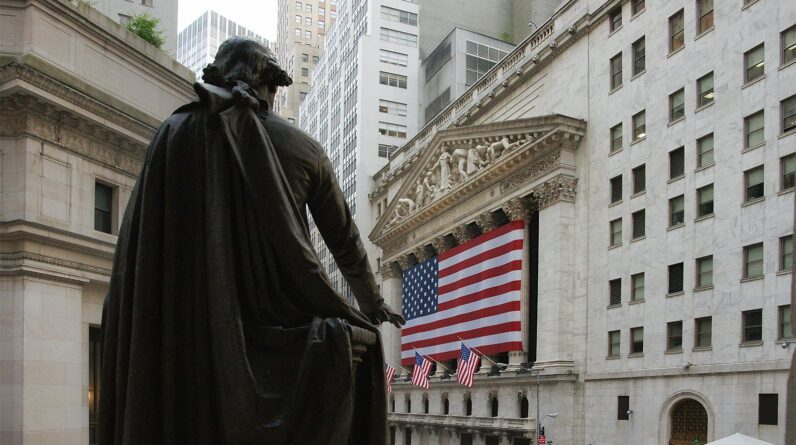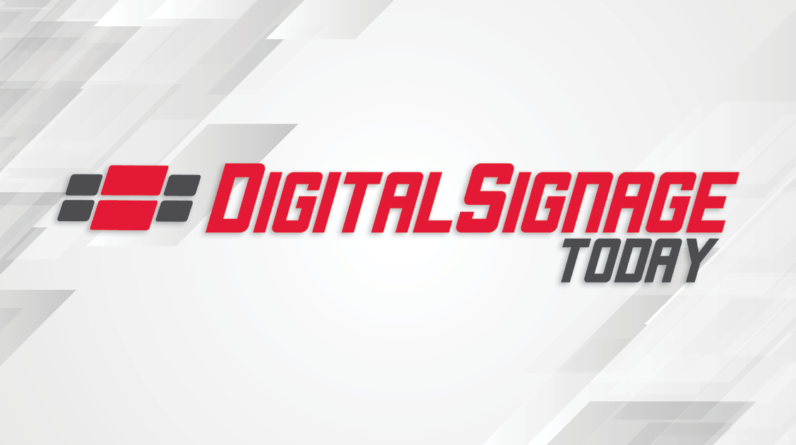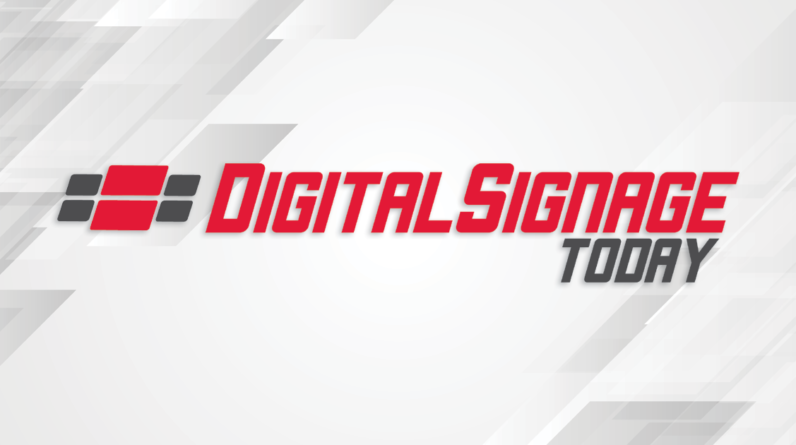It cannot be denied that OOH ad spending in the UK has now fully recovered from the coronavirus pandemic, having bounced back from a challenging 2020 to achieve a total value of £901 million the following year.
While the figures for 2022 have yet to be confirmed, it’s expected that the OOH medium will have grown by a further 31.5% over the course of the previous 12 months, with this highlighting the enduring appeal of the billboard and its increased power in an age of increasingly integrated marketing campaigns.
In this post, we’re going to take a statistical look at the reach and potential impact of OOH media, while comparing this to other advertising channels in the UK. So, let’s get into it!
The Reach of OOH and Billboards – The Headline Numbers
Billboards have always been renowned for their innate ability to drive increased levels of engagement and interest.
We have drawn on datasets from YouGov to reveal that some 23% of people are likely to pay attention to the out-of-home (OOH) media ads that they encounter.
This equates to nearly one-in-four potential customers, while it underlines the capacity of billboards to help build brand awareness, promote specific products or ranges and assist conversions through digital or social channels (we’ll touch more on this later in the article).
This figure has largely remained unchanged for the last three years and is similar to findings from other studies that have been conducted in North America.
One of which was the Arbitron National In-Car Study which focused primarily on the impact and influence of outdoor media on drivers and motorists.
This found that OOH and specific channels such as roadside billboards reached an estimated 71% of all US drivers, while 37% of respondents reported engaging with an outdoor advert each time they passed one in their vehicle.
Given that billboards and OOH media of different types are capable of reaching and engaging a relatively large percentage of viewers at any given time or place, this can translate into significant exposure for brands when they advertise in busy and central locations.
For example, we found that our billboards reach approximately 350,000 people as they walk or drive past them each week.
If we assume that slightly more than one-in-four of this demographic are stopping to actively engage with ads, this translates into a significant number of viewers who will be motivated to interact further with brands and continue their customer journey.
When you also apply this logic across a number of different ads featured in a single campaign, OOH media is clearly capable of optimising both reach and engagement among target audiences.
Breaking Down the Numbers – The Where and the Who
Further analysis of the gathered data shows that people in London were the most likely to pay attention to billboards, with 33% of those in the capital engaging with this type of OOH media.
Unsurprisingly, those aged between 25 and 49 were also the most likely to engage with billboards, with 28% of this demographic saying that they regularly took notice of the ads that they encountered outdoors.
This also underlines the particular reach and influence of billboards among Millennials, and those who succeeded them as part of Generation Z.
More specifically, 82% and 91% of these demographics respectively said that they would share OOH adverts through their social media profiles, although we’ll explore the relationship between billboards and social media in the final part of the article.
If we take a closer look at Millennials in particular, this demographic includes customers who were born between 1981 and 1996. As of 2020, Millennials had reached their mid-20s to late-30s, while over 40% had become parents over the course of the previous years.
This demographic is known to be a keen consumer of OOH and billboard content, thanks in part to their increased cynicism of online ads and the increasingly saturated digital marketing realm.
This, combined with the demographics’ significant digital savviness, has seen 34% of people aged between 18 and 24 use an ad blocker on at least one of their devices when surfing online (compared to the UK average just 15% across all age ranges).
It was even found that 19% of those aged between 25 and 34 in the UK do the same, with this also higher than the national average and likely to increase further in the near-term.
Rather than being bombarded with an endless stream of overly promotional and unsolicited content from advertisers online, Millennials would clearly prefer to engage with organic ads that are completely unobtrusive and meld seamlessly into the surrounding environment.
This includes strategically placed outdoor ads, which may be found at roadsides during the daily commute to and from work to bus and rail stations nationwide.
This also taps into the typical Millennial’s penchant for authentic and real-world brand experiences.
Millennials crave brand authenticity, with a study of more than 2,000 such respondents in the UK, US and Australia revealing that 90% of this demographic crave brand authenticity over anything else.
What’s more, a UK study of 1,000 Millennials and Gen Z members found that 73% rate in-store and immersive brand experiences over the process of actually buying physical products. This highlights younger customers’ penchant for experiential opportunities, and billboards (especially DOOH displays) can play a key role in delivering these in 2023.
So, although billboards retain considerable appeal among mass market audiences, they’re particularly impactful when targeting Millennials and the members of Generation Z (who continue to come of age in the consumer marketplace).
How Does OOH Compare with Alternative Forms of Advertising?
With these points in mind, the next step is to determine the power and impact of OOH when compared to alternative forms of advertising.
According to the YouGov data that was analysed, OOH media and mediums such as billboards emerged as the most effective low-cost advertising channels available to brands.
For example, streaming ads and videos-on-demand were the least effective of the ad mediums analysed, with just 11% of respondents paying attention to them.
Next were paid social media adverts and content, which managed to reach and engage 18% of potential viewers.
To provide context, it’s important to note that radio ads performed similarly to billboards, while those aired on television typically delivered slightly better results in terms of engagement.
However, these mediums are available at considerably higher price points, while the nature of radio and terrestrial TV broadcasts limits the amount of people who are exposed to advertisements in the first place.
In the case of radio advertising, slots are charged at a rate of approximately £2 per thousand listeners at any given time. So, if a target show boasts 100,000 listeners at 10am, buying a single, 30-second slot within this time slot will cost £200.
More broadly speaking, a 30-second slot will cost between £250 and £1,000 each week over the course of an extended campaign, depending on factors such as frequency and audience numbers.
TV advertising is even more expensive, with a single 30-second ad space during widely watched programs such as Good Morning Britain costing between £3,000 and £4,000 on average.
Daytime slots usually come at a price premium of between £3,500 and £4,500, while this can increase to a range of between £10,000 and £30,000 when advertising during peak times.
There are also variations between different channels, with ITV charging typically higher rates than Channel 4 and Channel 5 across the board. However, the general rule is that both radio and TV advertising are prohibitively priced, especially for small and independent businesses that want to build brand awareness on a budget.
In contrast, traditional billboards can cost less than £500 over the course of a typical two-week booking, although this may vary depending on location and whether you handle the production of your content in-house.
This data shows that OOH media delivers the best value for money when it comes to reach and engagement, with this going a long way to explaining its immense growth through 2021 and 2022 (and prior to the outbreak of the coronavirus pandemic in 2020).
OOH, Billboards and Social Media – A Marriage Made in Heaven?
Another prominent factor that underpins the effectiveness and impact of OOH media is its compatibility with social media and the latter’s ability to amplify outdoor content.
As we’ve already touched on, an incredibly high proportion of Millennials and Gen Z’ers are inclined to share billboard content through their social media profiles, while the immediate impact of OOH media is even more pronounced when it’s observed on sites such as Facebook.
More specifically, more than two-thirds (67%) of Millennials and Gen Z’ers recall seeing OOH advertising and content on social media, with this considerably higher than the percentage of people who engage with billboards offline.
Of course, this builds on the data previously accumulated by Nielsen, which found that OOH had become a dominant driver of social activations online.
More specifically, the 2017 report found that OOH media such as billboards accounted for 30% of all online activations through Twitter, alongside 31% of those that occurred on Instagram.
In both instances, OOH performed better than television, radio and print media, while remaining far more cost-effective than these channels and boasting a much greater return on investment (ROI).
Even though OOH (29%) trailed behind television (31%) when compared to online activations driven through Facebook, this gap has narrowed considerably in recent years, while it’s also important to factor the relative cost of each medium and how this impacts on value for money.
To provide some further content, all online activations (including Facebook, Twitter and Instagram) generated by OOH indexed at approximately four-times the expected rate in relation to the total ad spend,
More specifically, OOH media was found to account for 26% of gross search and online activations across offline media channels, despite being responsible for a paltry 7% of the combined advertising spend within this space.
These figures are impressive and highlight the considerable advantages that OOH offers to advertisers, especially those that want to create effective integrated campaigns, leverage the similar power of social channels and make the most of their advertising spend.
The Last Word
The figures referenced above draw directly from OOH media experts and their insights, pertaining to published billboards and campaigns that have run in the UK.
This, combined with previously published data and the analysis of information provided by YouGuv research, has provided a fascinating insight into OOH media and its growing impact in the advertising and marketing space.
Certainly, OOH compares favourably with mediums such as streaming and social media ads, and while television performs slightly better overall, billboards are considerably more affordable and able to deliver a far higher volume of impressions on a much smaller spend.
This is ideal for small and independent business owners, who can leverage OOH to successfully build brand awareness and recall while also making their marketing budget stretch as far as humanly possible.
Broader datasets also show that OOH boasts a similar level of performance when compared with solely offline advertising mediums such as radio and television.
It’s particularly effective when driving engagement and interactions through social media (especially Twitter and Instagram), delivering the most impressive results while accounting for a vanishingly small share of the total offline media spend.
So, not only is OOH becoming increasingly powerful in terms of its reach and impact on multiple consumer demographics, but it remains incredibly cost-effective and capable of anchoring integrated marketing campaigns (and assisting online conversions on a huge scale).
The latter points are more important than ever; not least due to the saturated nature of online advertising and the need for brands to stand out through multiple marketing channels (including offline mediums).
What’s more, the entire notion of integrated marketing is built on the premise that each individual brand message can support and reinforce others, which in turn helps to keep customers motivated and engaged as their progress along their journey from prospect to buyer.
Ultimately, the data and insight referenced here means that OOH should play a central role in your broader advertising campaigns, regardless of the nature of your business and precise marketing mix. However, this is especially true when targeting younger customers, or looking to leverage social media to engage your target market.
The post How Effective Are Billboards In 2023? appeared first on 75Media.






